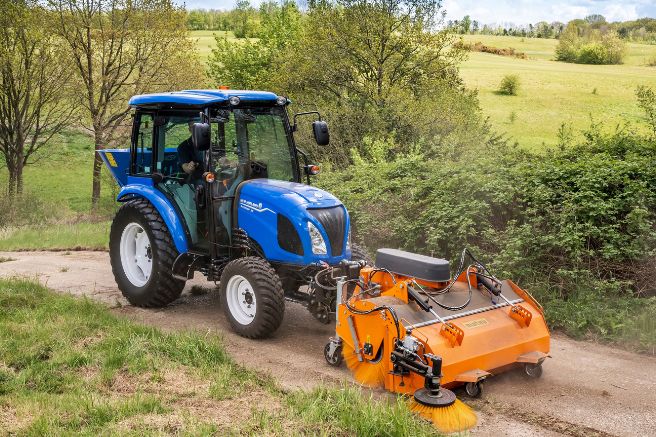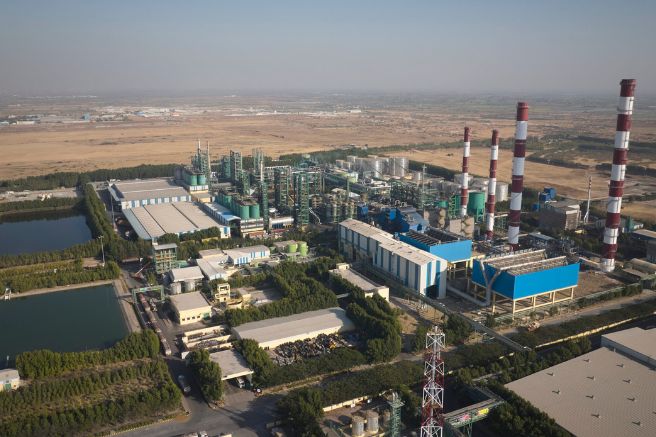Also affectionately known as the “Little Grey Fergie,” the Ferguson “Te-20” agricultural tractor played a leading role in the mechanization of agriculture between 1946 and 1956
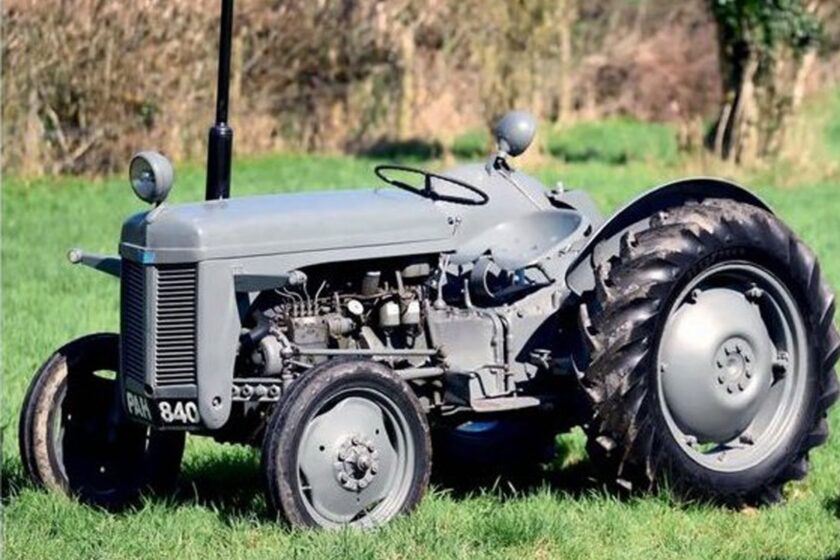
Sometimes, it just happens. In this case, it happened in October 1938, when two of the most ingenious and enterprising men of their time—Henry Ford and Harry Ferguson—met and gave rise to a historic agreement. They met at Ford’s farm in Fair Lane, USA, where Ford wanted to test the potential of the three-point linkage system with hydraulic lift, patented by Harry. Ferguson arrived with a Ferguson “Brown” tractor, which he immediately put to work, impressing the industrial magnate with both its performance and technology.
Today, a tractor without a rear lift is almost unthinkable, but back then such a feature didn’t exist. Tractors were limited to towing or powering stationary equipment via belt-driven PTOs. That October meeting in 1938 marked the birth of an ideal partnership: Harry Ferguson had developed a revolutionary implement handling system, the result of over twenty years of research, while Henry Ford owned a unique industrial empire capable of producing tractors at a low cost.
Their collaboration was born almost instantly, sealed with a handshake—no contracts, no lawyers. Both men were honorable, descended from farming families, and both hailed originally from Ireland. They needed no written agreements or intermediaries.
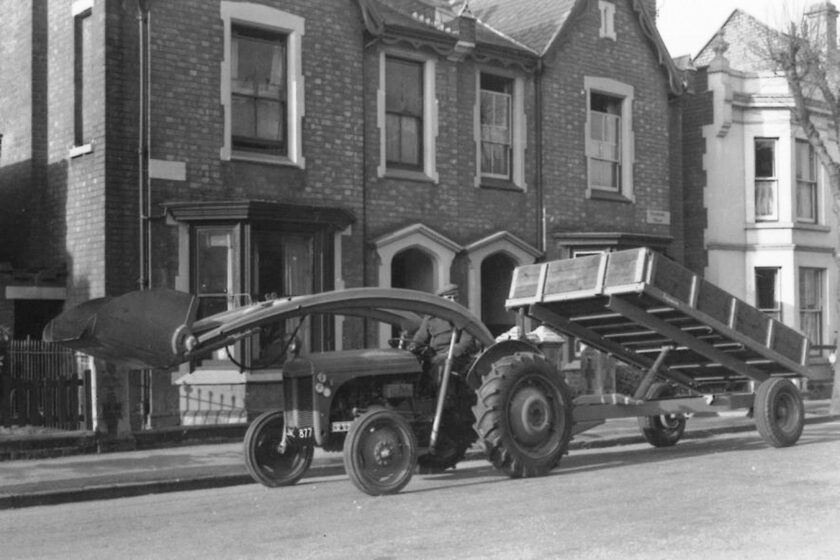
They partnered up and soon created the Ford-Ferguson “9N” tractor, followed in 1942 by its evolution, the “2N” model. The partnership was successful for years until Henry Ford’s grandson, Henry Ford II, took over leadership at Ford and Fordson. In 1947, he declared the handshake agreement between his grandfather and Ferguson void, claiming it had no legal standing and accusing Ferguson of exploiting the collaboration by building competing tractors using the three-point linkage.
Ferguson responded by suing Ford and securing the future of his company by first partnering with the British group Standard, and then founding a new company: Harry Ferguson Limited, based in Great Britain.
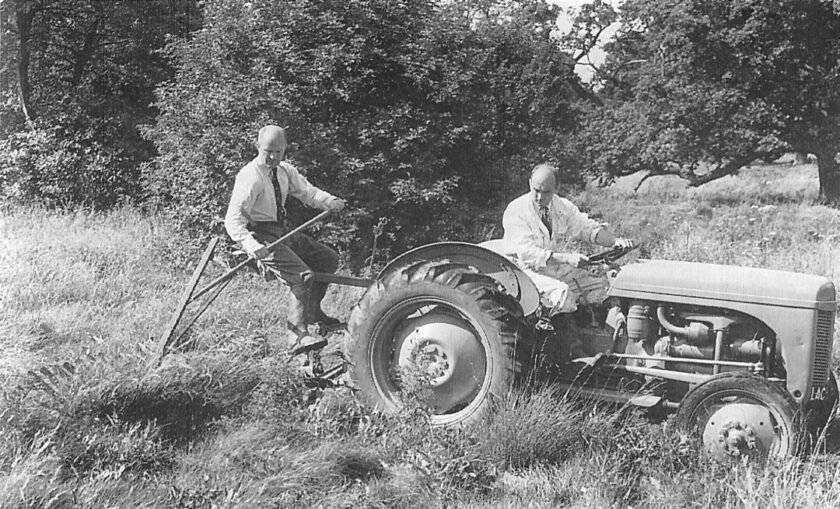
Needing an industrial partner, Ferguson evaluated British companies that could support the venture, starting with the Standard Motor Company, known for manufacturing Vanguard cars. Initially, Standard declined due to post-WWII raw material shortages. But Ferguson wasn’t deterred. He went directly to then Chancellor of the Exchequer, Stafford Cripps, explaining the industrial and agricultural benefits of his tractor and proposing production in Coventry, a region devastated by the war and in need of jobs.
The Minister was convinced and secured the raw materials needed for Ferguson to begin producing his tractors and implements, with Standard Motor Company back on board.
While Fordson launched its “8N” tractor—essentially a continuation of the “9N” and “2N” series—Harry Ferguson and Standard began mass-producing the “TE-20”, where “TE” stood for “Tractor England,” and “20” referred to the horsepower at the flywheel.
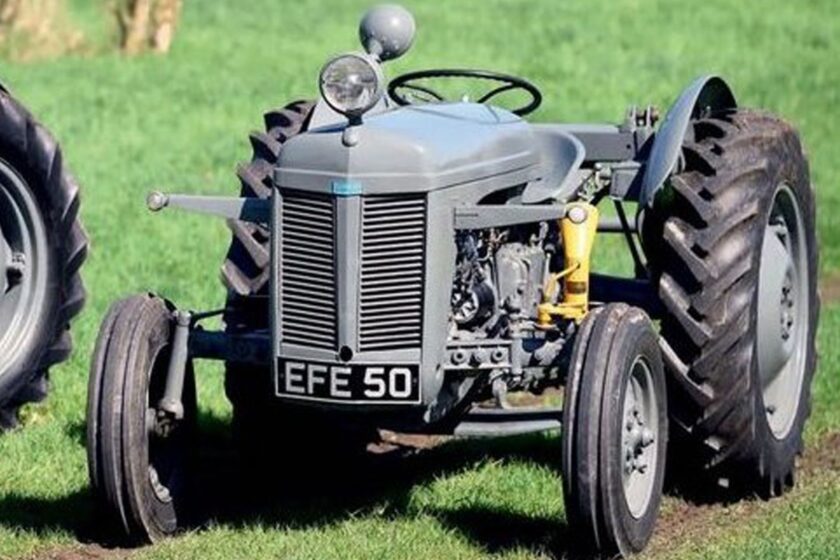
The TE-20 was nearly a copy of the Fordson “9N,” but with several distinguishing features, including a cleaner hood design closed by horizontal slats instead of vertical ones. The hood opened forward, offering easy access to the engine and its components for maintenance and radiator cleaning. These transmission was unique, the clutch supplied by Borg & Beck, and the brakes by Girling.
Though it was intended to use an engine from Standard Motor Company, the first units were equipped with a Continental “Z-120” gasoline engine from the U.S.—a four-cylinder overhead-valve engine producing nearly 24 horsepower. After 1948, this engine was used only in the U.S.-assembled models—produced in Detroit and designated “TO-20,” with “TO” meaning “Tractor Overseas.”
Ferguson aimed to compete with Ford globally. In addition to the UK and European markets, he pushed into the U.S., especially with the “P’tits gris” or “Little Greys,” named for their color. These tractors were beloved by both smallholders and large-scale farmers for their versatility, ease of use, maneuverability, and ruggedness.
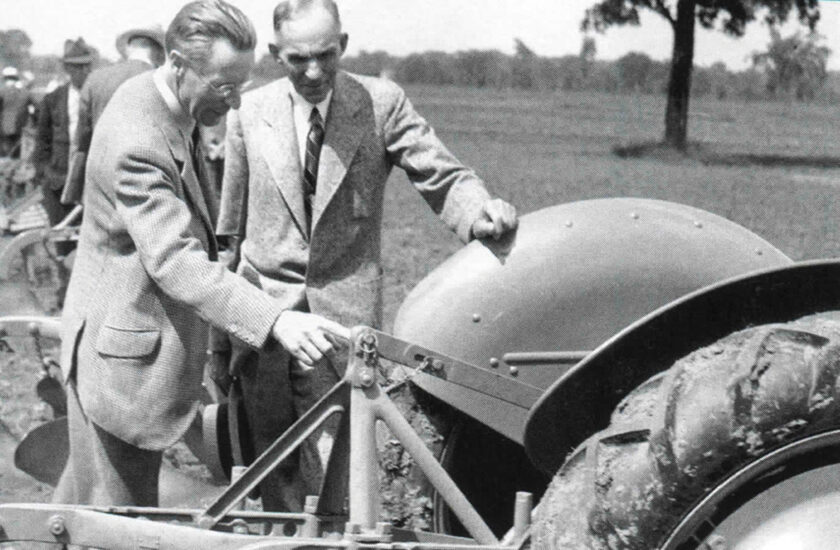
The most successful version was the “TE-A20,” successor to the “TE-20” and finally equipped with the originally intended Standard Motor Company engine. This 1.85-liter four-cylinder produced the same 24 horsepower but was more reliable and durable than its American counterpart. As a result, the TE-A20 became the benchmark tractor worldwide until 1951.
That same year, Ferguson won his lawsuit against Ford and collected a large settlement. Meanwhile, Standard Motor Company upgraded the tractor with a new 2.1-liter engine delivering over 28 horsepower.
A year after TE-20 production ceased, new variants were introduced:
- TE-D20: a 26-hp version modified to run on heavy oil,
- TE-H20: powered by a Standard Motor Company engine running on kerosene.
These versions allowed the tractor to be adapted to local agricultural needs, offering fuel options including heavy oil, gasoline, or kerosene.
A diesel version, TE-F20, was also launched, equipped with a 2.1-liter, 25-hp Freeman Sanders engine. This was the first diesel tractor built in England and became the second most popular model after the TE-A20.
By the time Ferguson merged with Massey-Harris in August 1953, the company was offering 16 versions of the “Little Grey Fergie.” In addition to the four standard models, there were narrow, low-profile, vineyard, and industrial variants. The entire series remained in production until October 1956, when it was replaced by the new FE-35.
From 1947, total production reached 517,651 units, plus around 60,000 TO-20s made in the U.S. between 1948 and 1951, and about 15,400 specialized units built in France between 1953 and 1956. It remains one of the most commercially successful tractors in history.
A True Genius
Harry Ferguson invented numerous innovations: constant velocity joints, braking systems including early ABS, standard and racing cars. Yet few know he also invented the spring-loaded locking pin that allows implements to be attached to the lift arms in seconds without tools. That invention is now standard on tractors worldwide and, since the 1950s, has expanded into the public works, military, automotive, truck, and aviation sectors.
Title: Ferguson “TE-20”, the story of a masterpiece
Author: Massimo Misley
Translation with ChatGPT





